Home>Gardening & Outdoor>Landscaping Ideas>When To Plant Grass In Massachusetts
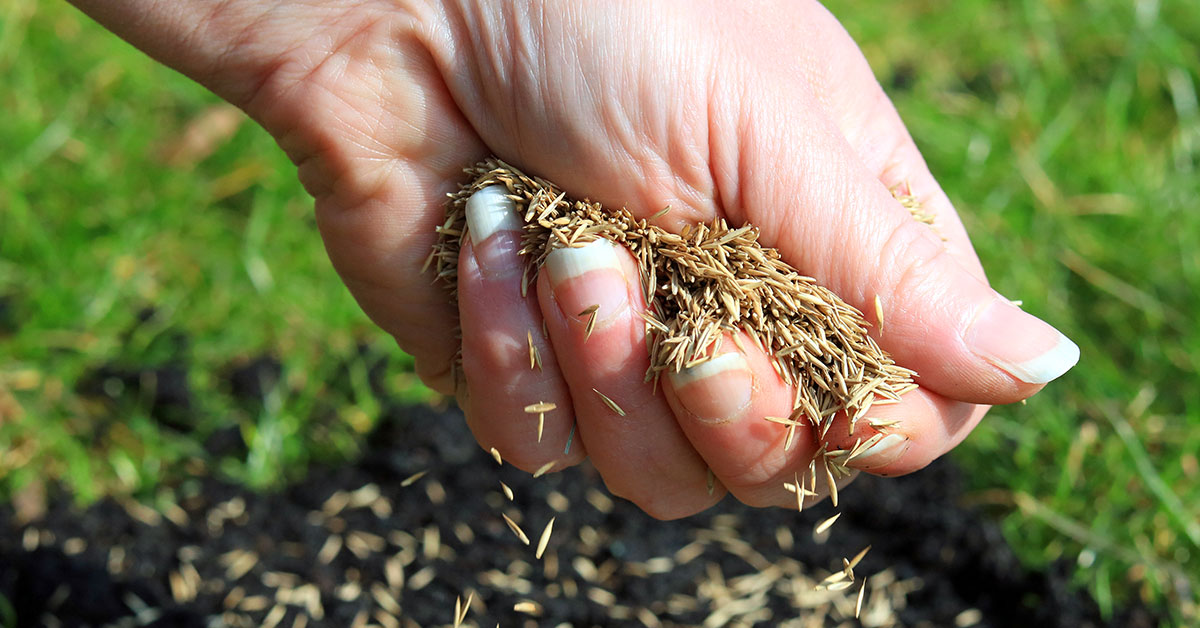

Landscaping Ideas
When To Plant Grass In Massachusetts
Modified: March 28, 2024
Discover the best time for grass planting in Massachusetts with our expert landscaping ideas. Create a lush, green lawn with our planting tips and advice.
(Many of the links in this article redirect to a specific reviewed product. Your purchase of these products through affiliate links helps to generate commission for Storables.com, at no extra cost. Learn more)
Introduction
Welcome to the beautiful state of Massachusetts, where the diverse landscapes offer a stunning backdrop for residential and commercial properties. As a homeowner or landscaping enthusiast, you understand the pivotal role that a lush, vibrant lawn plays in enhancing the overall appeal of your outdoor space. Whether you’re envisioning a sprawling lawn for recreational activities or a picturesque garden, the process of planting grass in Massachusetts requires careful consideration of various factors to ensure successful growth and maintenance.
In this comprehensive guide, we will delve into the best practices for planting and nurturing grass in Massachusetts. From understanding the unique climate of the state to selecting the most suitable grass varieties and preparing the soil, we will cover every aspect to empower you with the knowledge and confidence to achieve a thriving, verdant lawn. Let’s embark on this green-fingered journey and unlock the secrets to cultivating a stunning grassy haven in the heart of Massachusetts.
Key Takeaways:
- The best time to plant grass in Massachusetts is in early fall or late spring, ensuring successful growth and resilience. Selecting suitable grass varieties like Kentucky bluegrass and fescue is crucial for thriving lawns.
- Proper soil preparation, strategic planting steps, and diligent care are essential for nurturing new grass in Massachusetts. Adapting care routines to seasonal changes sustains a lush and inviting landscape.
Read more: When To Plant Grass Seed In Massachusetts
Understanding the Climate in Massachusetts
Before diving into the intricacies of planting grass, it’s crucial to grasp the climatic nuances that define Massachusetts. The state experiences a diverse climate, characterized by warm summers and cold winters, with varying precipitation patterns across different regions. The western and central areas typically encounter more annual rainfall compared to the eastern coastal regions. Additionally, Massachusetts is susceptible to occasional drought conditions, especially during the summer months.
The USDA plant hardiness zones in Massachusetts range from Zone 5 in the western and central parts to Zone 6 along the coast and in the southeastern region. These zones play a pivotal role in determining the types of grasses that thrive in specific areas, considering factors such as temperature tolerance and moisture requirements.
Furthermore, the proximity to the Atlantic Ocean influences the coastal climate, bringing about milder winters and cooler summers, while the inland regions contend with more pronounced temperature fluctuations throughout the year. Understanding these climate variations is essential for selecting grass species that can withstand the seasonal dynamics and thrive in the specific microclimates of your location.
By familiarizing yourself with the climate patterns and hardiness zones in Massachusetts, you can make informed decisions regarding the most suitable grass varieties for your lawn. This foundational knowledge will guide you in creating an environment that is conducive to the healthy growth of your grass, ensuring a vibrant and resilient lawn throughout the year.
Best Time to Plant Grass in Massachusetts
Timing is paramount when it comes to planting grass in Massachusetts. The optimal window for establishing a new lawn or overseeding an existing one largely depends on the seasonal conditions and temperature patterns prevalent in the state. Generally, the best time to plant grass in Massachusetts is during the early fall, specifically from late August to mid-September. During this period, the soil retains warmth from the summer months, creating an ideal environment for seed germination and root establishment.
Planting grass in the early fall allows the seedlings to take advantage of the moderate temperatures and increased moisture, promoting robust growth before the onset of winter. By establishing strong root systems during the fall, the grass gains resilience and vitality, enabling it to withstand the harsh winter conditions and emerge vigorously in the following spring.
Alternatively, if circumstances necessitate spring planting, the optimal timeframe is from mid-April to late May. This allows the grass to capitalize on the increasing warmth and sunlight, fostering rapid germination and early growth. However, spring planting requires diligent watering and maintenance to sustain the grass through the upcoming summer heat.
It’s important to avoid planting grass during the peak summer months, as the intense heat and potential water scarcity can impede the successful establishment of new lawns. Additionally, the winter months are unsuitable for planting grass, as the frigid temperatures and frost can hinder germination and root development.
By aligning your grass planting endeavors with the recommended timeframes, you can maximize the potential for lush, healthy growth and minimize the challenges associated with adverse weather conditions. This strategic approach to timing sets the stage for a flourishing lawn that enhances the aesthetic appeal and functionality of your outdoor space.
Types of Grass to Plant in Massachusetts
When it comes to selecting the most suitable grass for your Massachusetts lawn, considering the diverse climate and soil conditions is crucial. Several grass species thrive in the varying environments across the state, offering different attributes and maintenance requirements. The following are some of the top grass varieties recommended for planting in Massachusetts:
- Kentucky Bluegrass: Known for its lush, fine texture and rich green color, Kentucky bluegrass is a popular choice for Massachusetts lawns. It exhibits excellent cold tolerance and adapts well to the state’s climate, making it an ideal option for residential and commercial landscapes.
- Fescue Grass: Tall fescue and fine fescue are well-suited for Massachusetts, particularly in areas with partial shade and moderate moisture levels. These grasses offer exceptional durability and require minimal maintenance, making them a practical choice for various lawn settings.
- Perennial Ryegrass: Recognized for its rapid germination and establishment, perennial ryegrass is an excellent companion to other grass species in Massachusetts lawns. It thrives in the cool, moist conditions prevalent in the state and contributes to the overall resilience of the turf.
- Red Fescue: Ideal for coastal regions and areas with acidic soils, red fescue exhibits remarkable salt tolerance and thrives in cool, shaded environments. It serves as an excellent component in grass seed mixtures tailored for specific microclimates within Massachusetts.
Understanding the unique characteristics of each grass type enables you to make an informed decision based on your lawn’s specific requirements and environmental conditions. Whether you prioritize drought tolerance, shade resilience, or overall aesthetic appeal, there is a grass variety perfectly suited to meet your landscaping aspirations in Massachusetts.
Consulting with local nurseries or landscaping professionals can provide valuable insights into the most suitable grass species for your area, ensuring that your lawn flourishes with vitality and enduring beauty. By carefully selecting the appropriate grass varieties, you lay the groundwork for a resilient, visually captivating lawn that enriches your outdoor living experience in Massachusetts.
The best time to plant grass in Massachusetts is in the late summer or early fall, between late August and mid-September. This allows the grass to establish strong roots before the winter and gives it a head start for the following spring.
How to Prepare Your Soil for Planting
Creating an optimal foundation for your grass seeds or sod involves meticulous soil preparation to foster healthy growth and long-term vitality. In Massachusetts, the soil composition and nutrient levels vary across different regions, necessitating tailored soil enhancement techniques to support robust grass establishment. Here are essential steps to prepare your soil for planting grass:
- Conduct Soil Testing: Begin by conducting a comprehensive soil test to assess the pH levels and nutrient content of your soil. This analysis provides valuable insights into any deficiencies or imbalances, guiding the application of targeted soil amendments to optimize conditions for grass growth.
- Address pH Imbalances: Based on the soil test results, adjust the pH levels as needed to create an environment conducive to healthy grass development. Incorporating lime to raise the pH or elemental sulfur to lower it can rectify imbalances and promote optimal nutrient uptake by the grass roots.
- Aerate the Soil: Utilize a core aerator to alleviate soil compaction and enhance air circulation within the root zone. Aeration facilitates improved water and nutrient absorption, fostering stronger root systems and overall turf resilience.
- Integrate Organic Matter: Amend the soil with organic matter such as compost or well-rotted manure to enrich its structure and fertility. Organic materials enhance soil moisture retention, promote microbial activity, and provide essential nutrients for sustained grass growth.
- Level the Surface: Ensure a smooth and even surface by leveling the soil, addressing any depressions or irregularities that could impede uniform grass growth. A well-prepared soil surface sets the stage for consistent seed distribution and optimal sod establishment.
- Apply Starter Fertilizer: Prior to planting grass seeds or laying sod, apply a high-quality starter fertilizer to provide essential nutrients for initial root development. This proactive measure fortifies the young grass with vital elements for vigorous early growth.
By diligently executing these soil preparation steps, you create an environment that is conducive to the successful establishment and sustained vitality of your grass. The careful attention to soil quality sets the stage for a thriving lawn that enhances the aesthetic appeal and functionality of your outdoor space in Massachusetts.
Steps for Planting Grass in Massachusetts
Embarking on the journey of planting grass in Massachusetts involves a series of strategic steps to ensure the successful establishment of a vibrant and resilient lawn. By adhering to these essential guidelines, you can cultivate a lush carpet of grass that enhances the beauty and functionality of your outdoor environment. Here are the key steps for planting grass in Massachusetts:
- Choose the Right Grass Seed: Select high-quality grass seed or sod that aligns with the specific climate, soil, and sunlight conditions in your area. Consider the desired aesthetic, maintenance requirements, and intended use of the lawn when choosing the most suitable grass variety.
- Prepare the Soil: Implement thorough soil preparation, including testing, pH adjustment, aeration, and incorporation of organic matter, to create an optimal foundation for grass growth. A well-prepared soil environment sets the stage for successful seed germination and vigorous turf development.
- Sow the Grass Seed: Distribute the grass seed evenly across the prepared soil surface, using a seed spreader for consistent coverage. Ensure proper seed-to-soil contact by lightly raking or rolling the area, facilitating seed germination and establishment.
- Water the Seeded Area: After sowing the grass seed, water the area thoroughly to initiate the germination process. Maintain consistent moisture levels in the soil to support the development of healthy seedlings and root systems.
- Apply Mulch (Optional): Consider applying a thin layer of mulch, such as straw or erosion control blankets, to protect the seeded area, retain moisture, and prevent soil erosion during the initial growth phase. Mulch can aid in optimizing growing conditions for the grass seedlings.
- Establish a Watering Schedule: Develop a structured watering schedule to ensure adequate moisture for the newly planted grass. Frequent, light watering is crucial during the initial growth phase, gradually transitioning to deeper, less frequent watering as the grass matures.
- Maintain Vigilant Care: Monitor the progress of the grass seedlings and address any emerging issues promptly. Implement regular maintenance practices, such as mowing, fertilizing, and weed control, to nurture the developing turf and promote its long-term health.
By following these systematic steps for planting grass in Massachusetts, you lay the groundwork for a thriving lawn that embodies the natural beauty and vitality of the region. Each stage of the planting process contributes to the overall resilience and visual appeal of the grass, culminating in a picturesque and functional outdoor space that enriches your lifestyle in Massachusetts.
Caring for Your New Grass
After successfully planting grass in Massachusetts, diligent care and maintenance are essential to nurture the newly established turf and promote its long-term health and vitality. By implementing targeted care practices, you can foster robust growth, vibrant color, and overall resilience in your grass, ensuring a stunning and enduring lawn. Here are key guidelines for caring for your new grass:
- Watering: Establish a consistent watering routine to provide essential moisture to the grass, especially during the initial growth phase. Ensure that the soil remains evenly moist without becoming waterlogged, facilitating strong root development and overall turf vigor.
- Mowing: Gradually introduce mowing once the grass reaches the recommended height, typically around 3 to 4 inches. Adjust the mower blades to maintain an optimal grass height, promoting healthy root systems and lush, dense turf coverage.
- Fertilization: Apply a balanced fertilizer at the appropriate times to supplement the soil with essential nutrients for sustained grass health. Consider the specific nutrient requirements of the grass variety and the seasonal demands to optimize the fertilization regimen.
- Weed Control: Implement proactive weed control measures to prevent the encroachment of unwanted vegetation that can compete with the grass for resources. Selective herbicides and manual removal techniques can help maintain a weed-free lawn.
- Aeration and Dethatching: Periodically aerate the soil to alleviate compaction and enhance air and water penetration, promoting robust root growth. Additionally, dethatching removes accumulated organic debris, facilitating improved nutrient absorption and overall turf health.
- Overseeding and Renovation: Consider overseeding to introduce new grass seed into existing turf, enhancing its density and resilience. Additionally, periodic renovation practices, such as core cultivation and topdressing, can rejuvenate the lawn and address any areas of decline.
- Seasonal Adjustments: Tailor your lawn care practices to align with the seasonal demands and challenges in Massachusetts. Adjust watering, mowing, and fertilization routines based on the changing climate and growth patterns, ensuring optimal care throughout the year.
By embracing these comprehensive care practices, you can nurture your new grass to reach its full potential, creating a verdant and inviting landscape that enriches your outdoor living experience in Massachusetts. The attentive care and maintenance contribute to the enduring beauty and functionality of your lawn, establishing a captivating natural backdrop for your daily activities and leisure pursuits.
Conclusion
As we conclude this insightful journey into the realm of planting and nurturing grass in Massachusetts, it’s evident that the process encompasses a harmonious blend of environmental awareness, strategic planning, and attentive care. By understanding the unique climate, soil characteristics, and grass varieties that thrive in the region, you are empowered to create a captivating and resilient lawn that embodies the natural allure of Massachusetts.
The best time to plant grass in Massachusetts, whether in the early fall or late spring, sets the stage for successful establishment and enduring vitality. By carefully selecting the most suitable grass varieties, such as Kentucky bluegrass, fescue grass, perennial ryegrass, and red fescue, you can tailor your lawn to thrive in the specific microclimates of your location.
Thorough soil preparation, encompassing testing, pH adjustment, aeration, and organic enrichment, lays the groundwork for healthy grass growth and sustained resilience. The systematic steps for planting grass, from seed distribution to diligent watering and maintenance, culminate in the emergence of a lush and vibrant lawn that elevates the aesthetic appeal and functionality of your outdoor space.
As you embark on the journey of caring for your new grass, embracing targeted watering, mowing, fertilization, and weed control practices ensures the enduring health and beauty of your lawn. By adapting your care routines to the seasonal dynamics and growth patterns in Massachusetts, you sustain a captivating and lush landscape that enriches your daily experiences and recreational pursuits.
Ultimately, the process of planting and nurturing grass in Massachusetts transcends mere landscaping; it embodies a harmonious collaboration with nature, cultivating a dynamic and inviting outdoor environment. The lush expanse of grass becomes a canvas for cherished memories, leisurely strolls, and vibrant gatherings, infusing your surroundings with the timeless charm of the Massachusetts landscape.
Armed with the knowledge and insights gleaned from this guide, you are poised to embark on a green-fingered odyssey, transforming your outdoor space into a verdant haven that reflects the natural splendor of Massachusetts. As you witness the flourishing growth and enduring beauty of your lawn, you become a steward of the land, nurturing a living tapestry that embodies the timeless allure of the Massachusetts terrain.
Frequently Asked Questions about When To Plant Grass In Massachusetts
Was this page helpful?
At Storables.com, we guarantee accurate and reliable information. Our content, validated by Expert Board Contributors, is crafted following stringent Editorial Policies. We're committed to providing you with well-researched, expert-backed insights for all your informational needs.
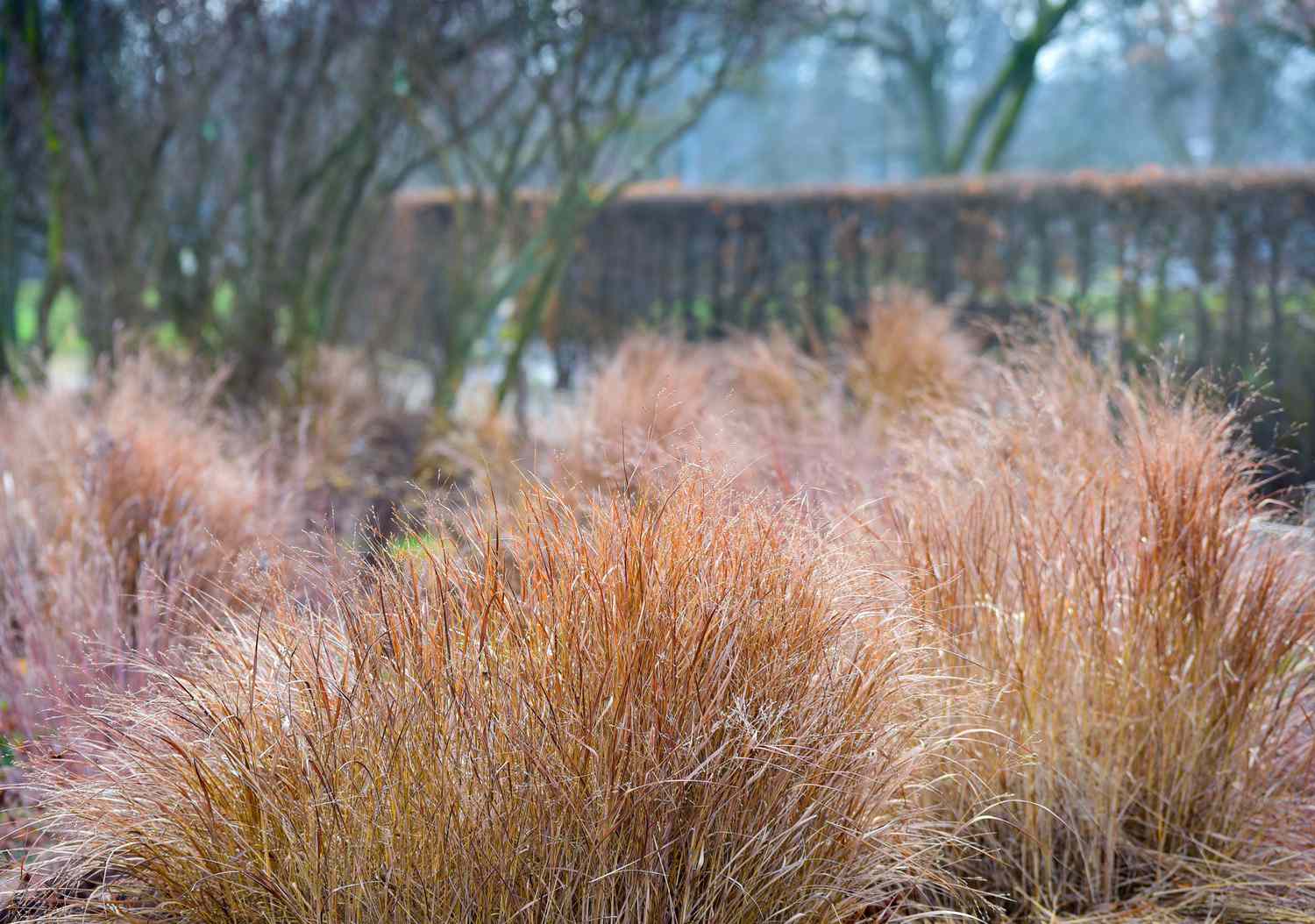
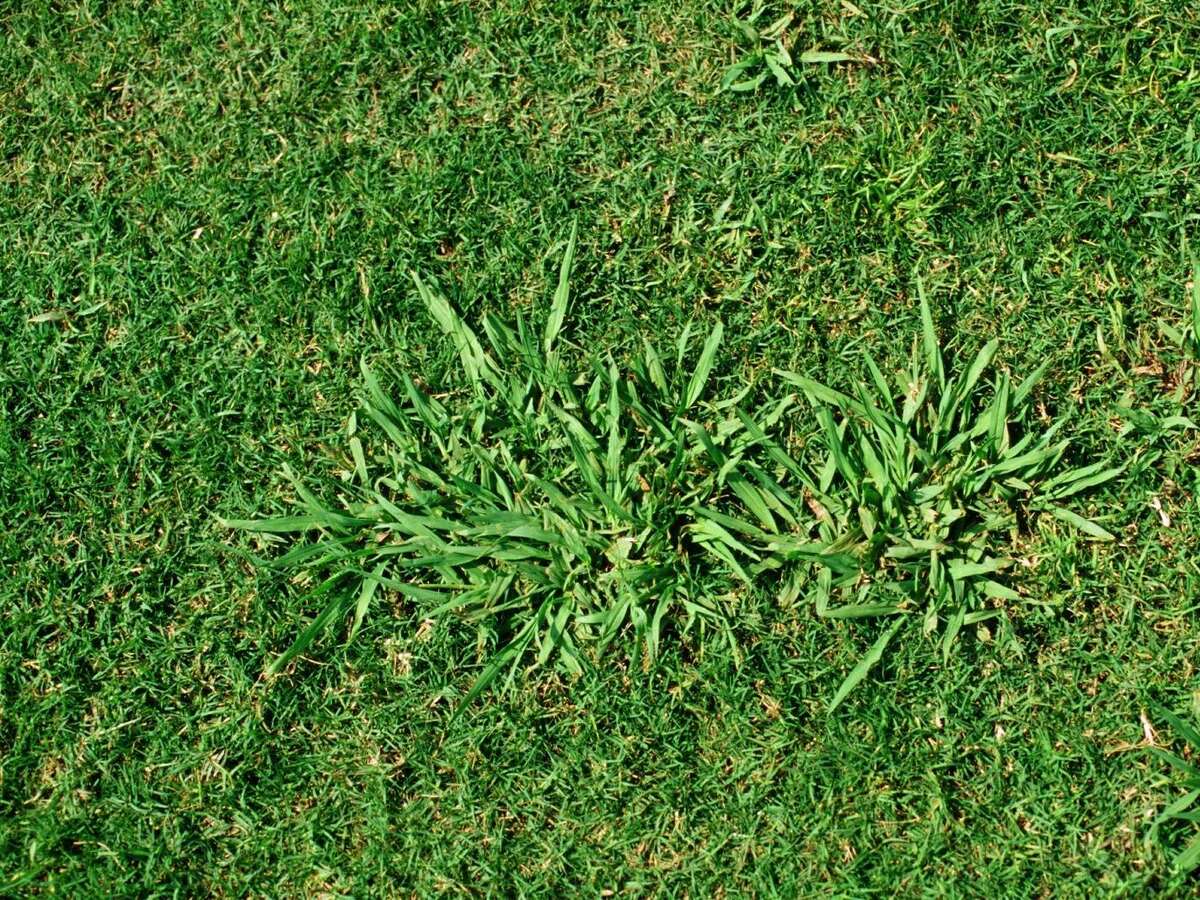
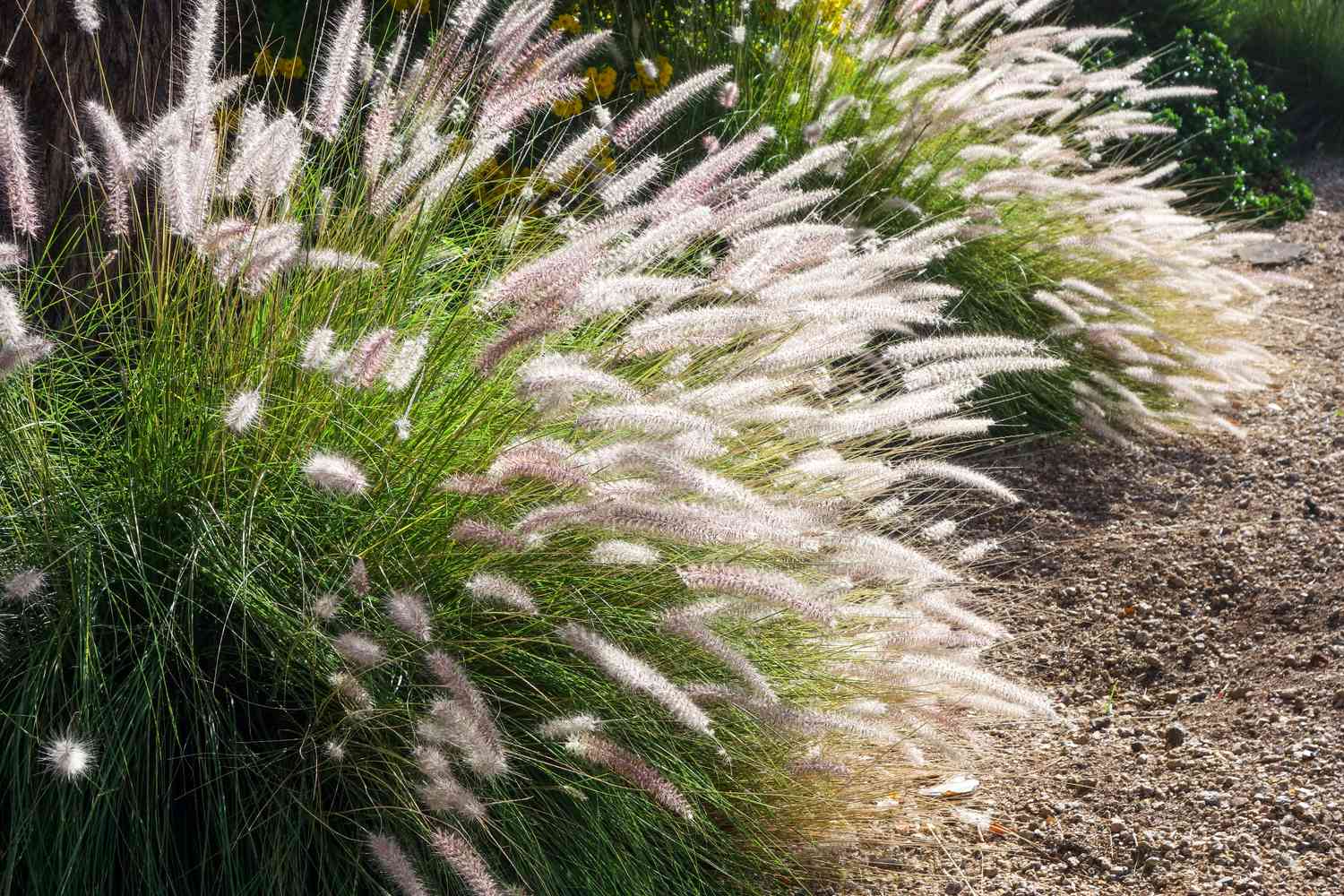
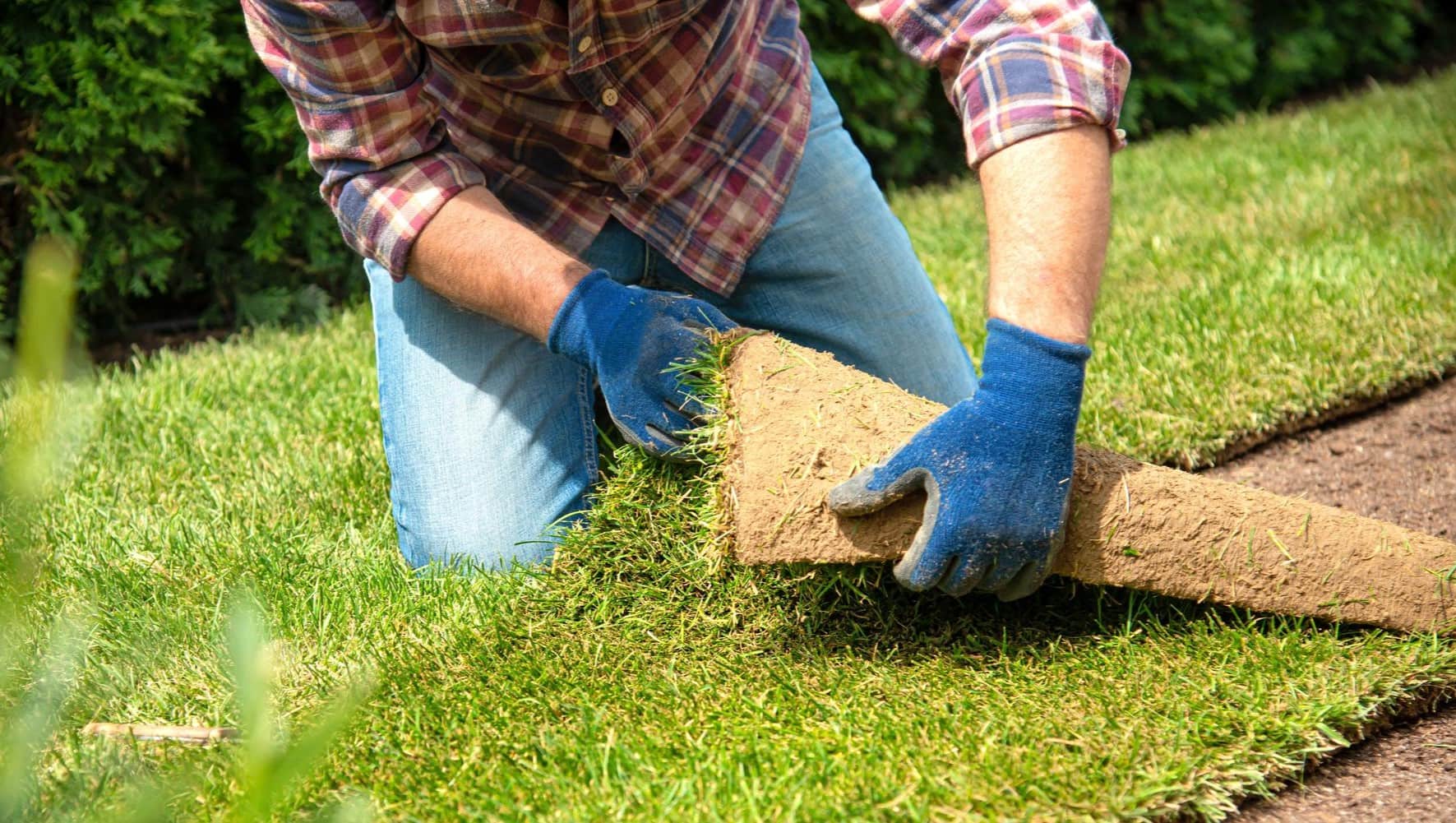
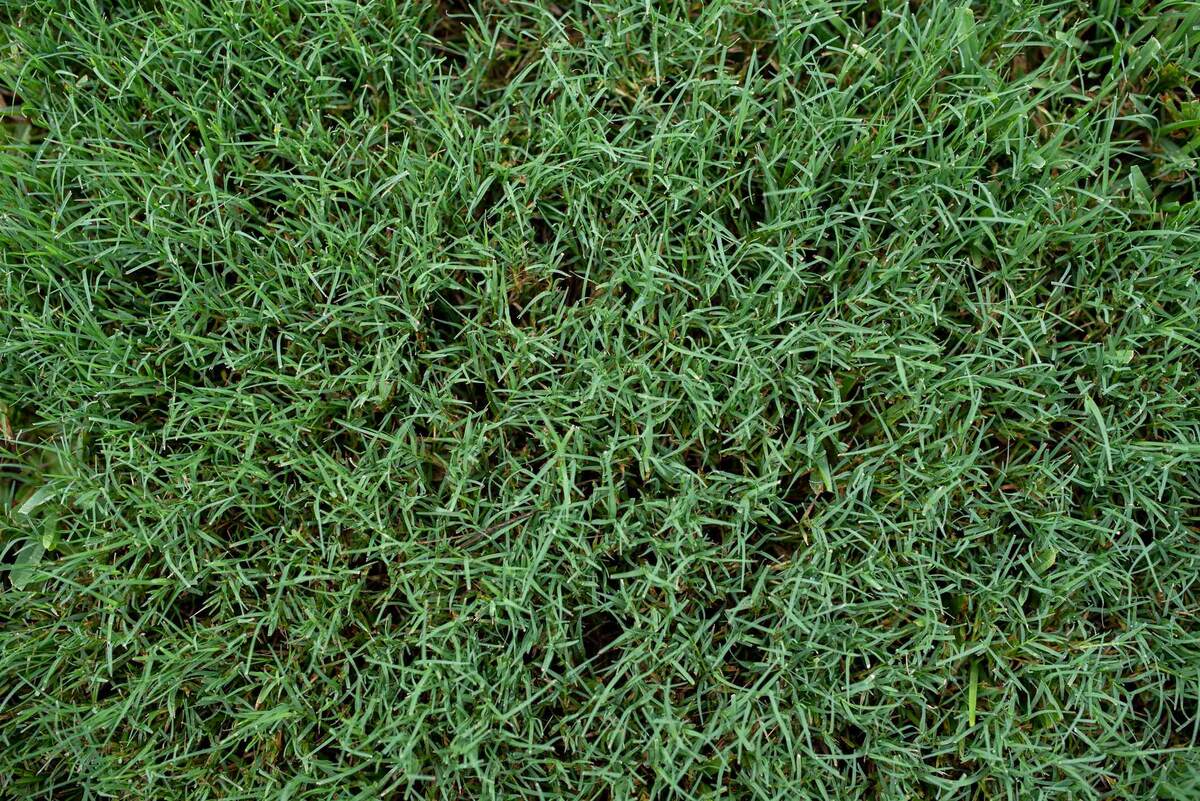
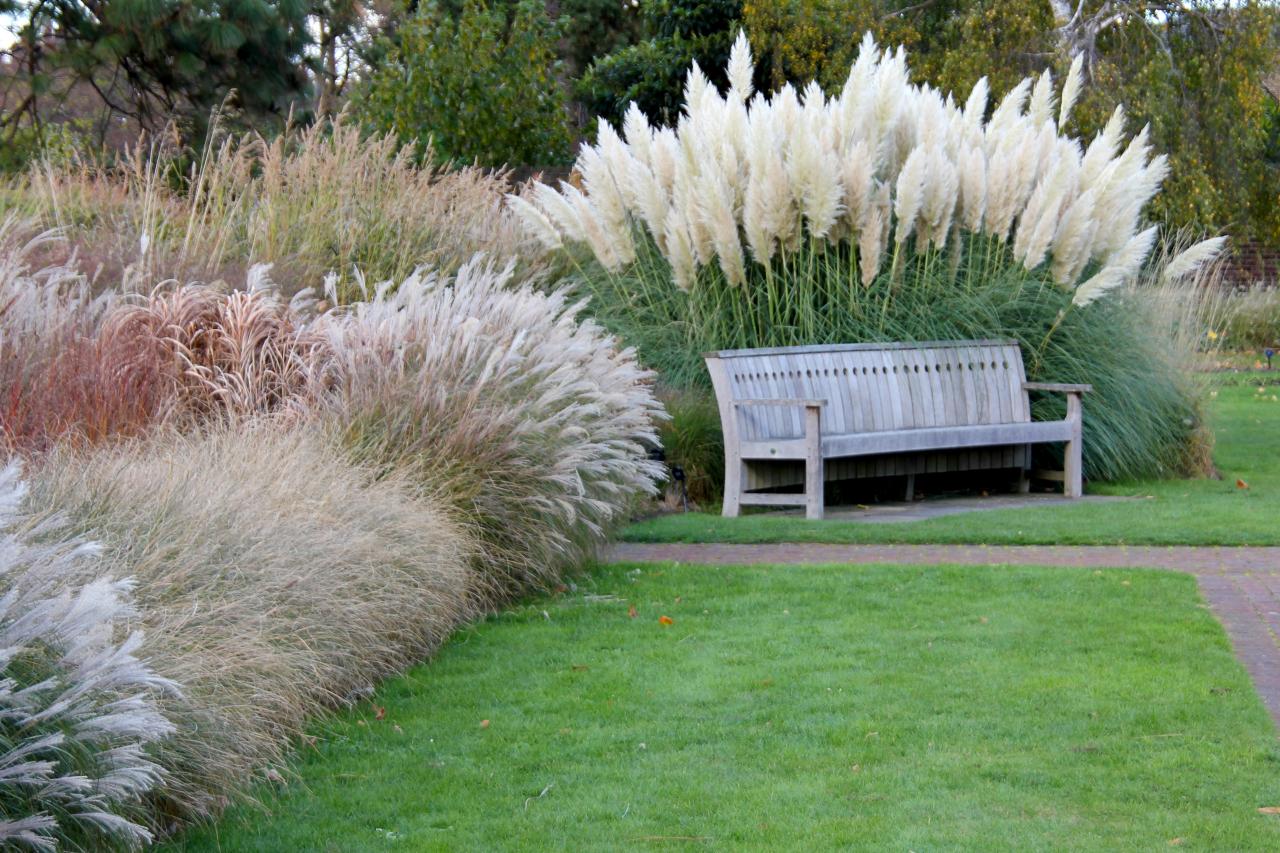
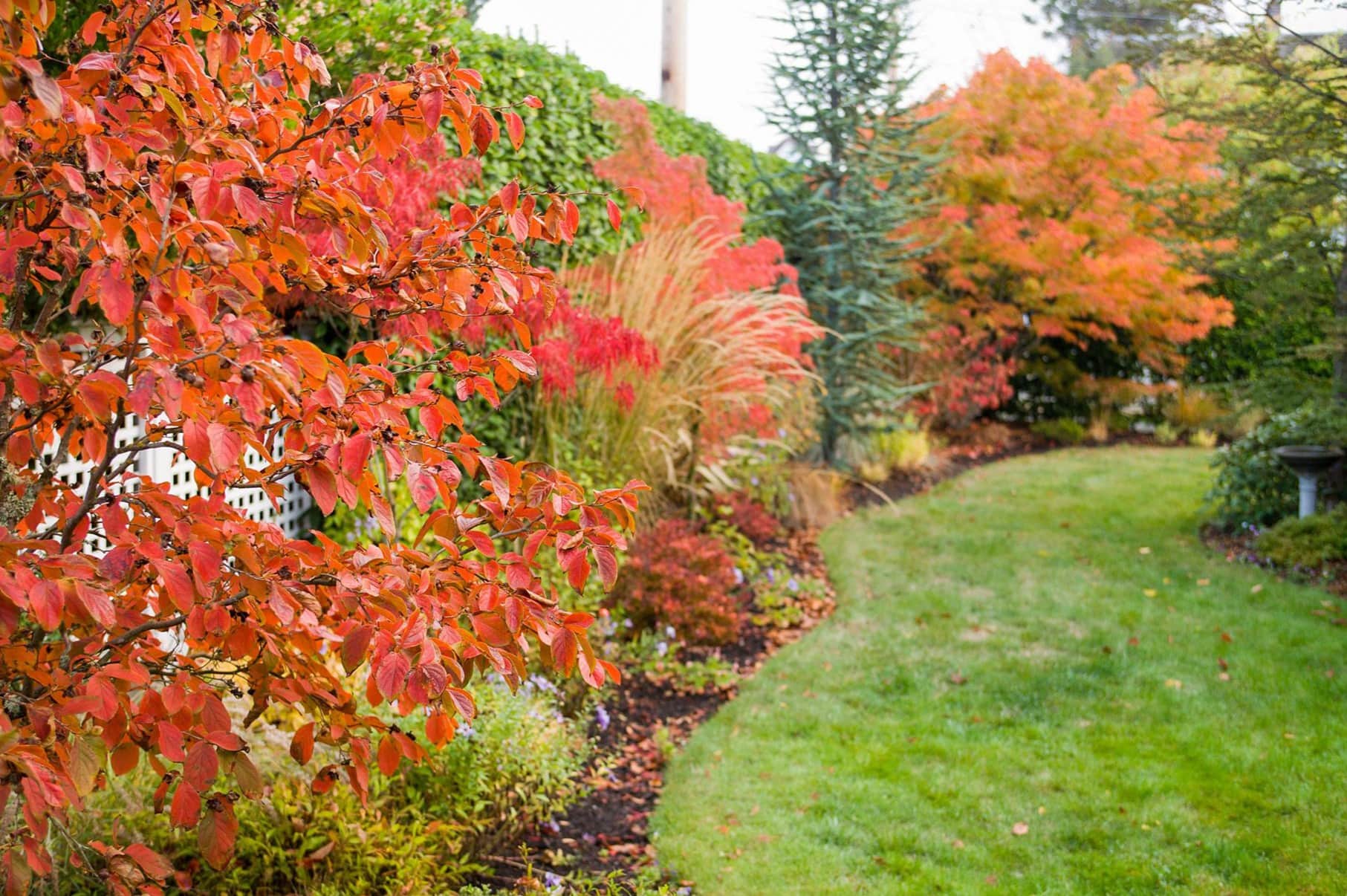
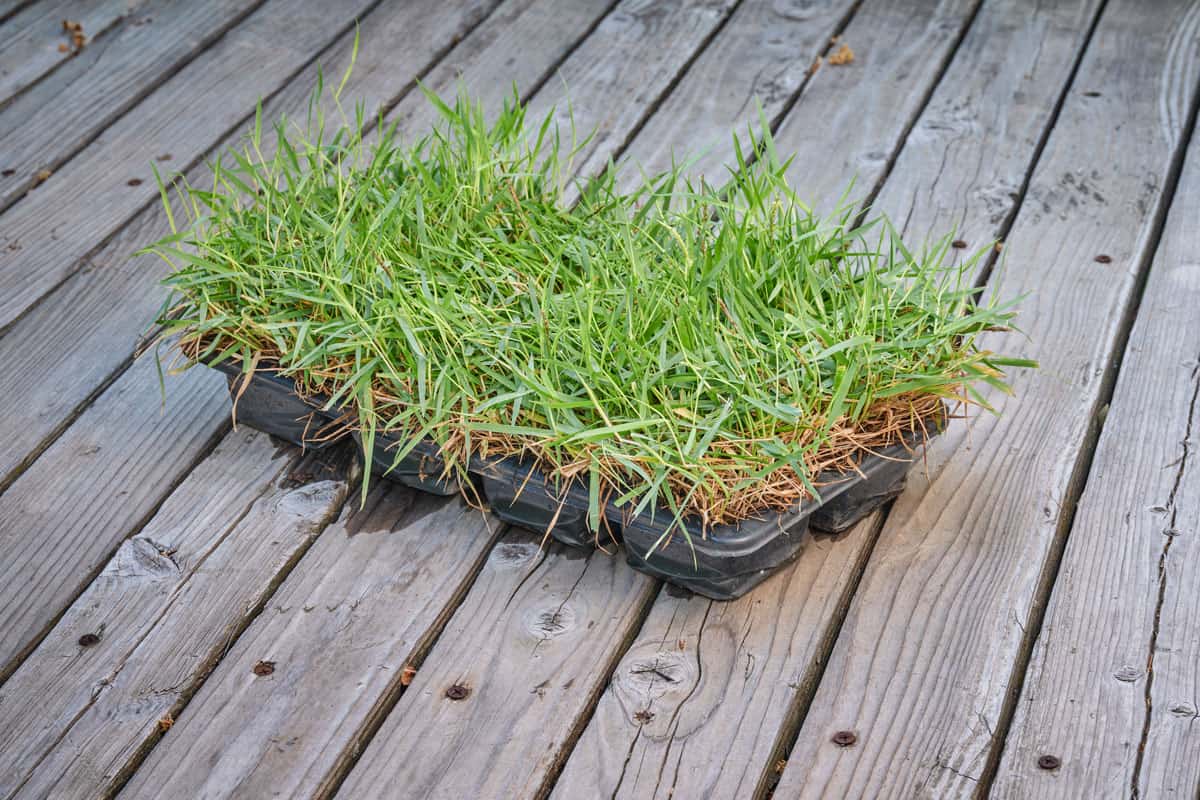
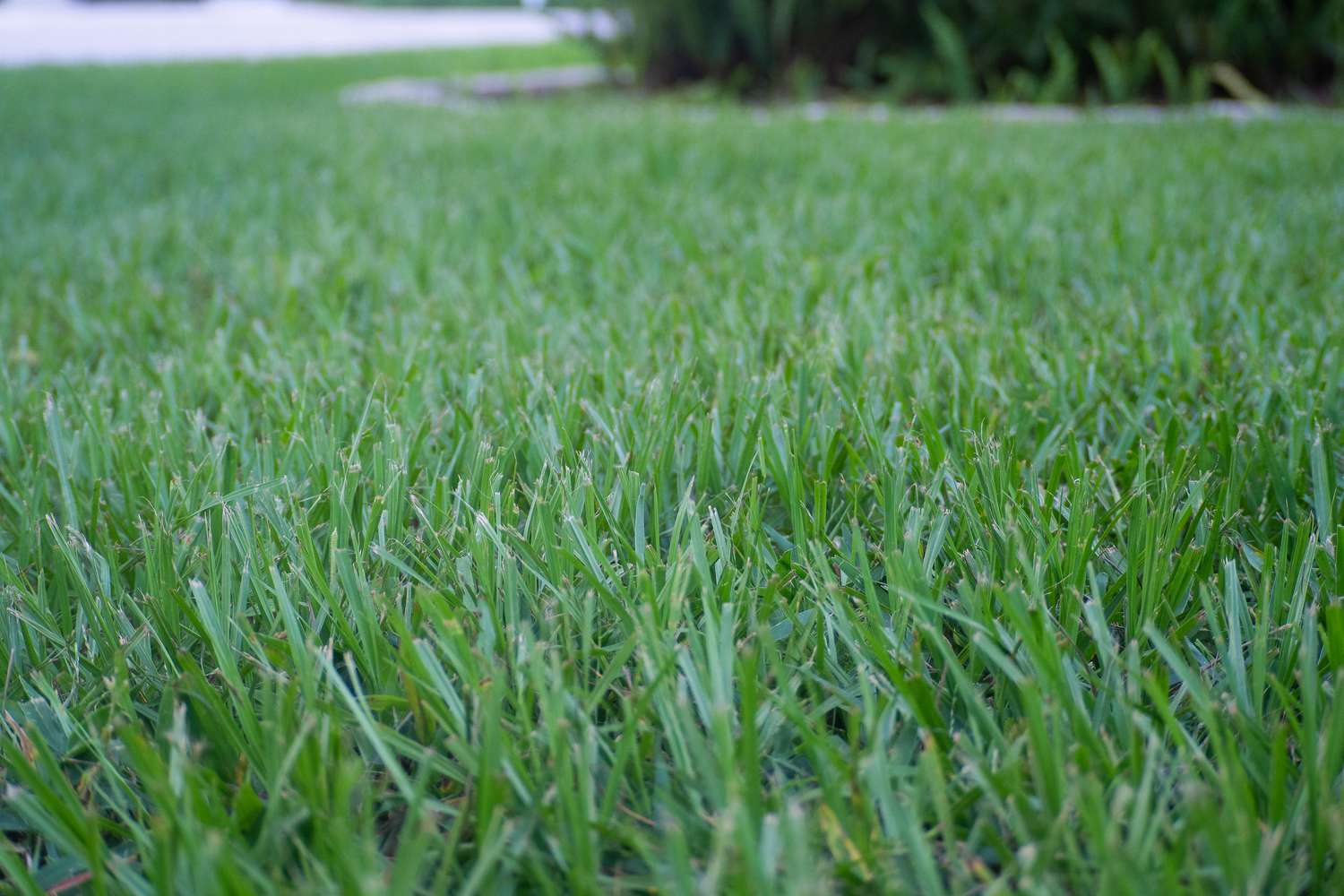
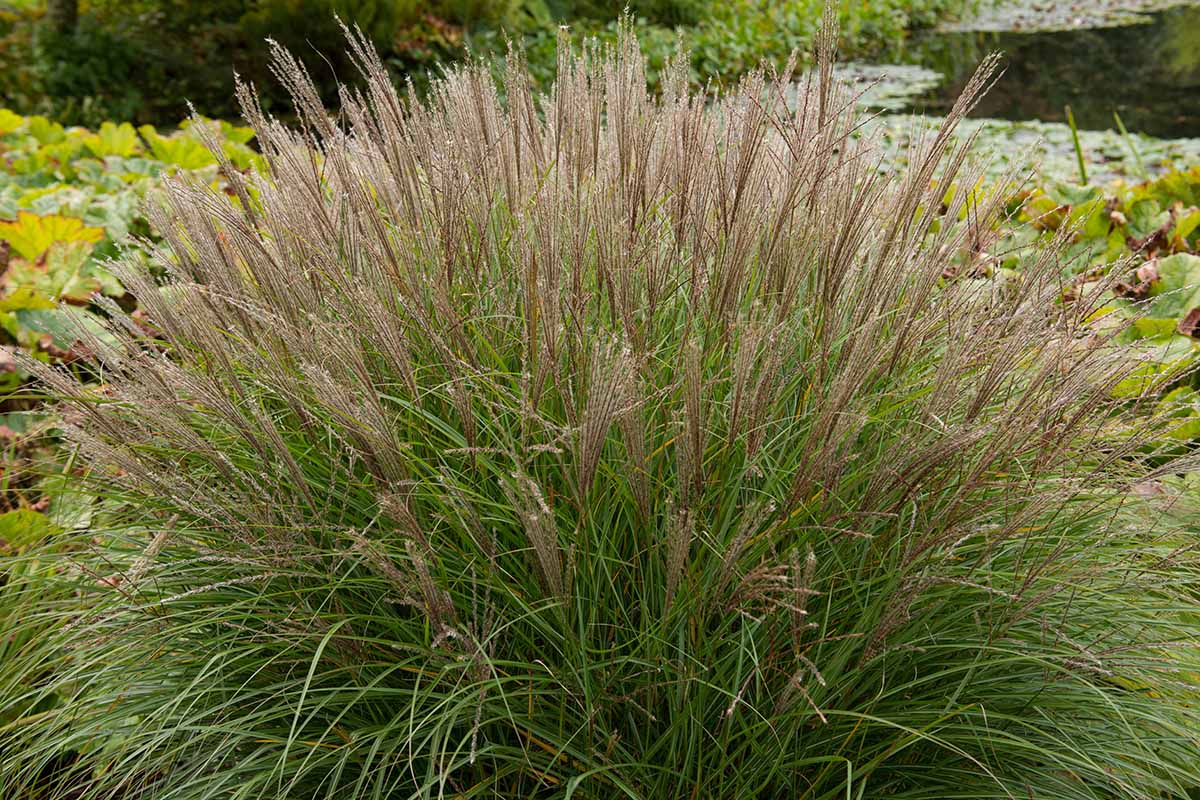
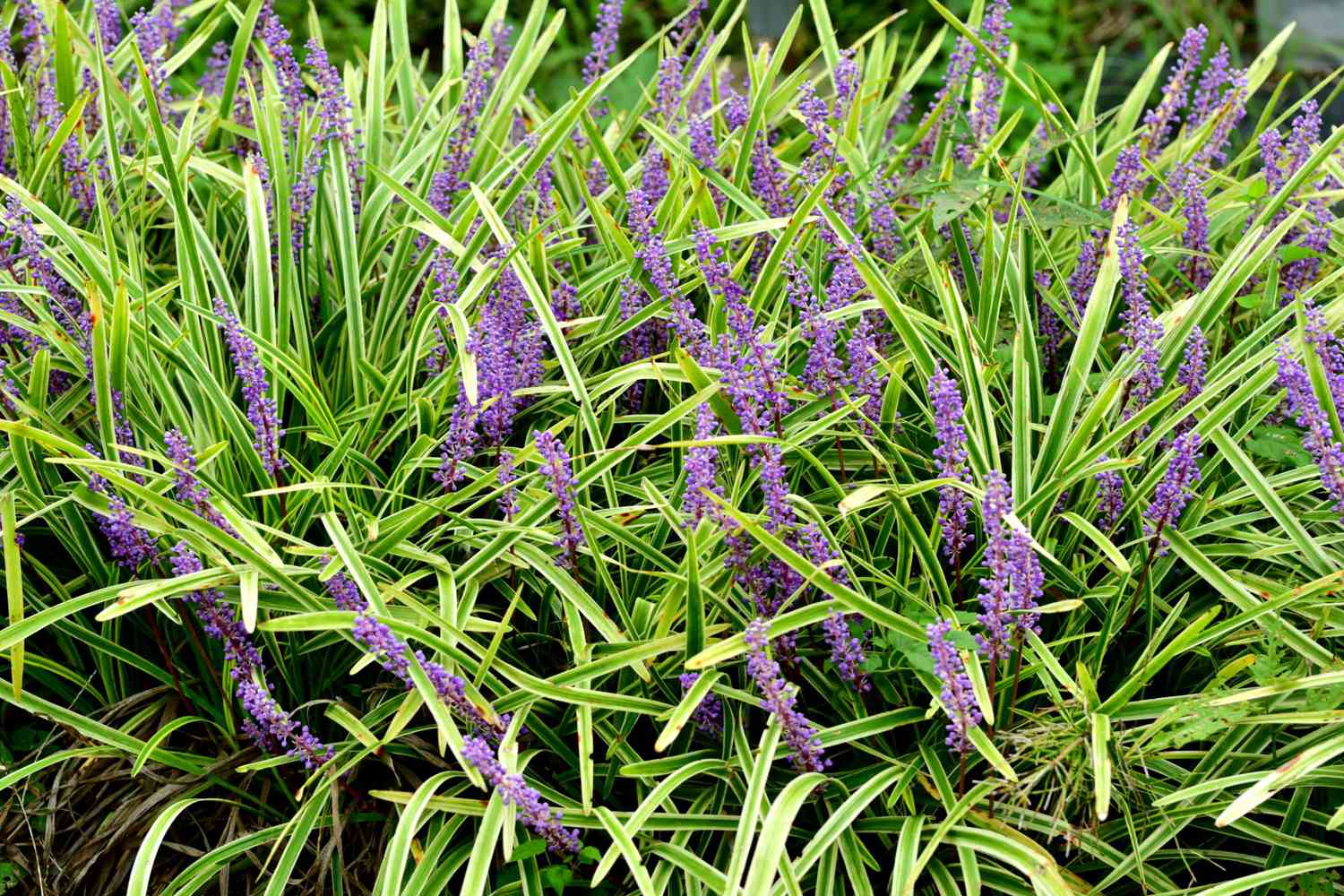

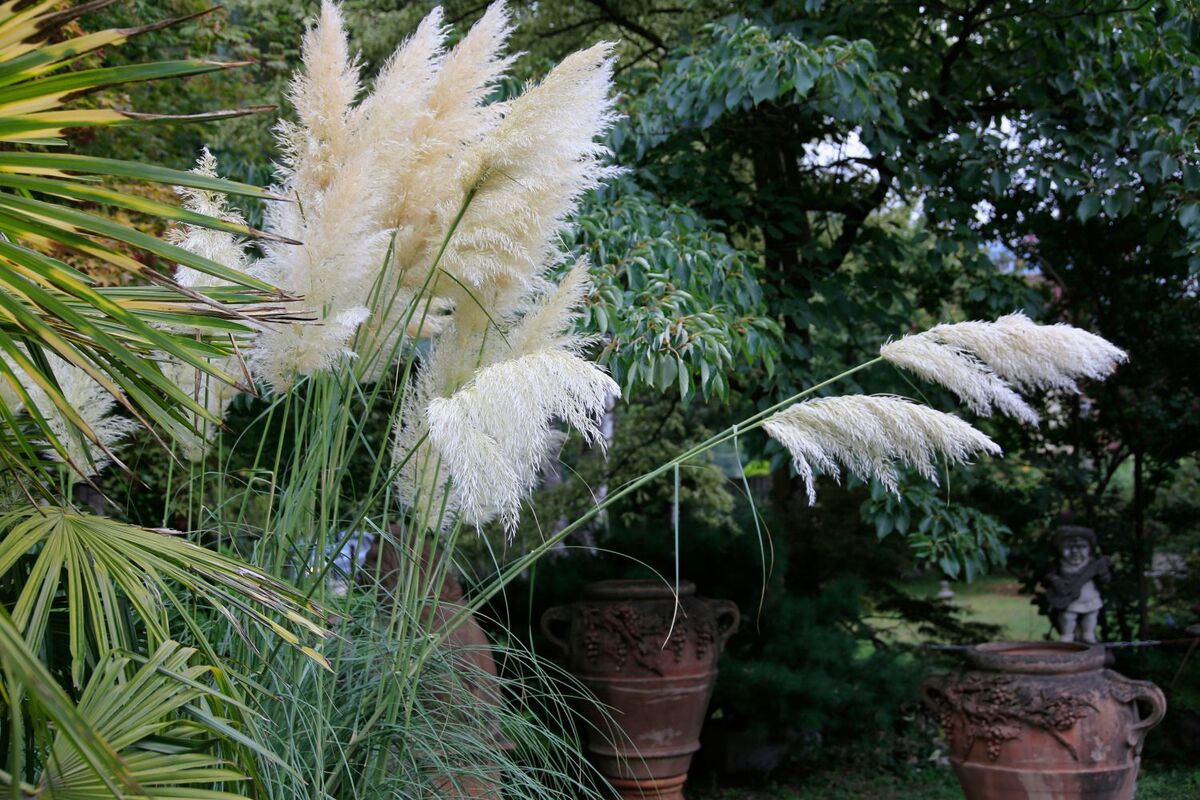
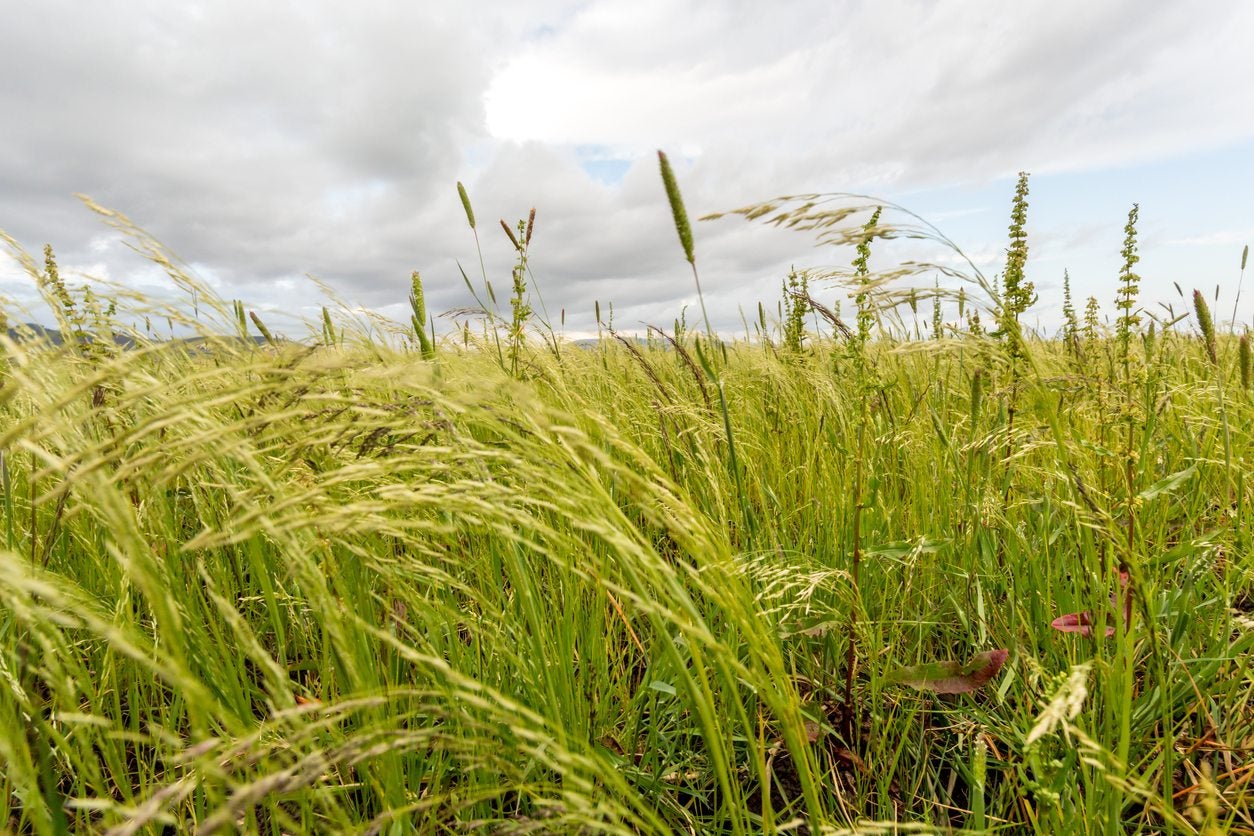

0 thoughts on “When To Plant Grass In Massachusetts”